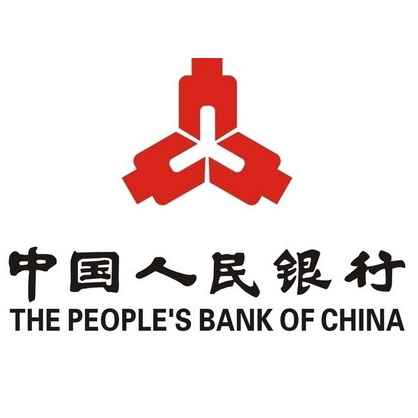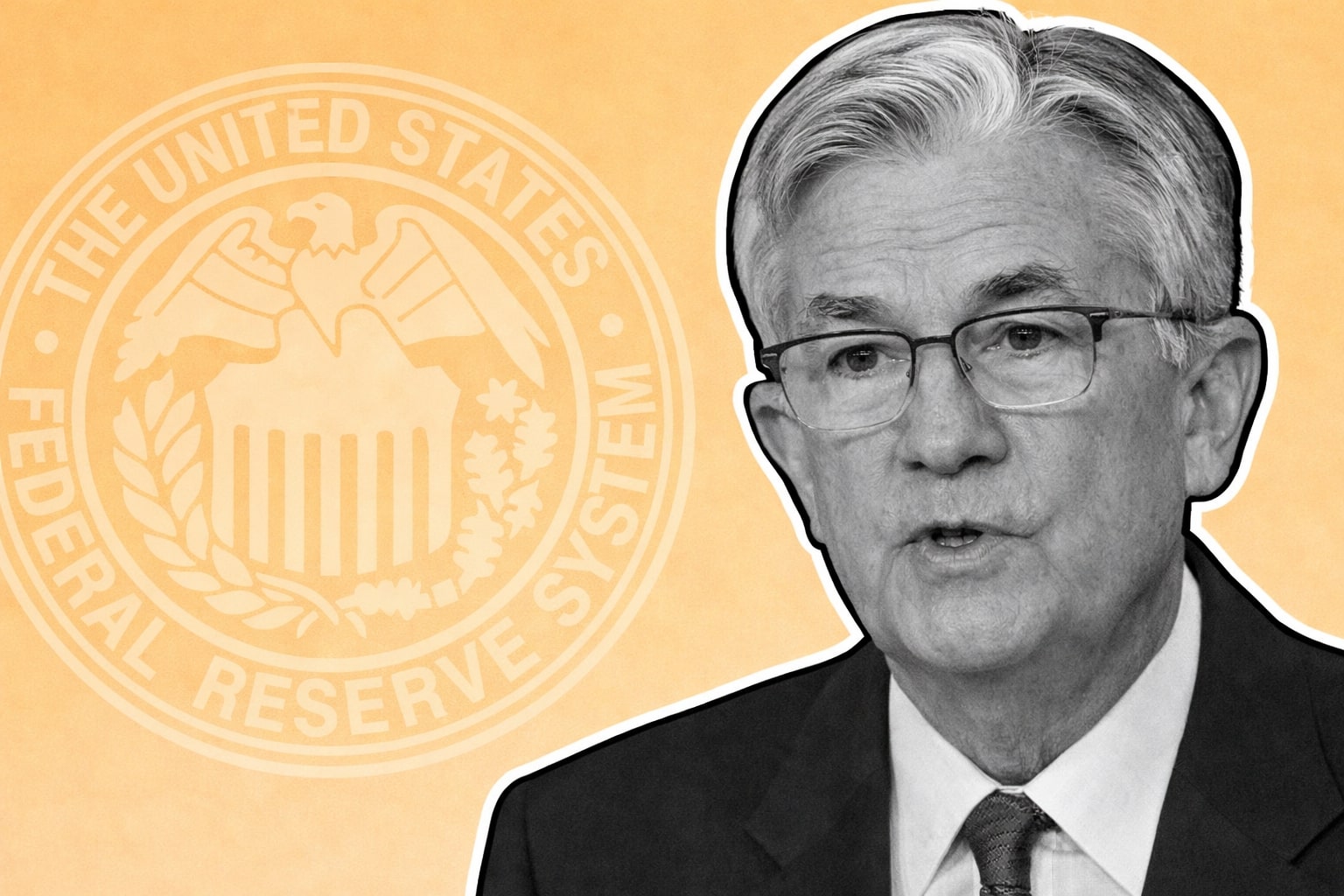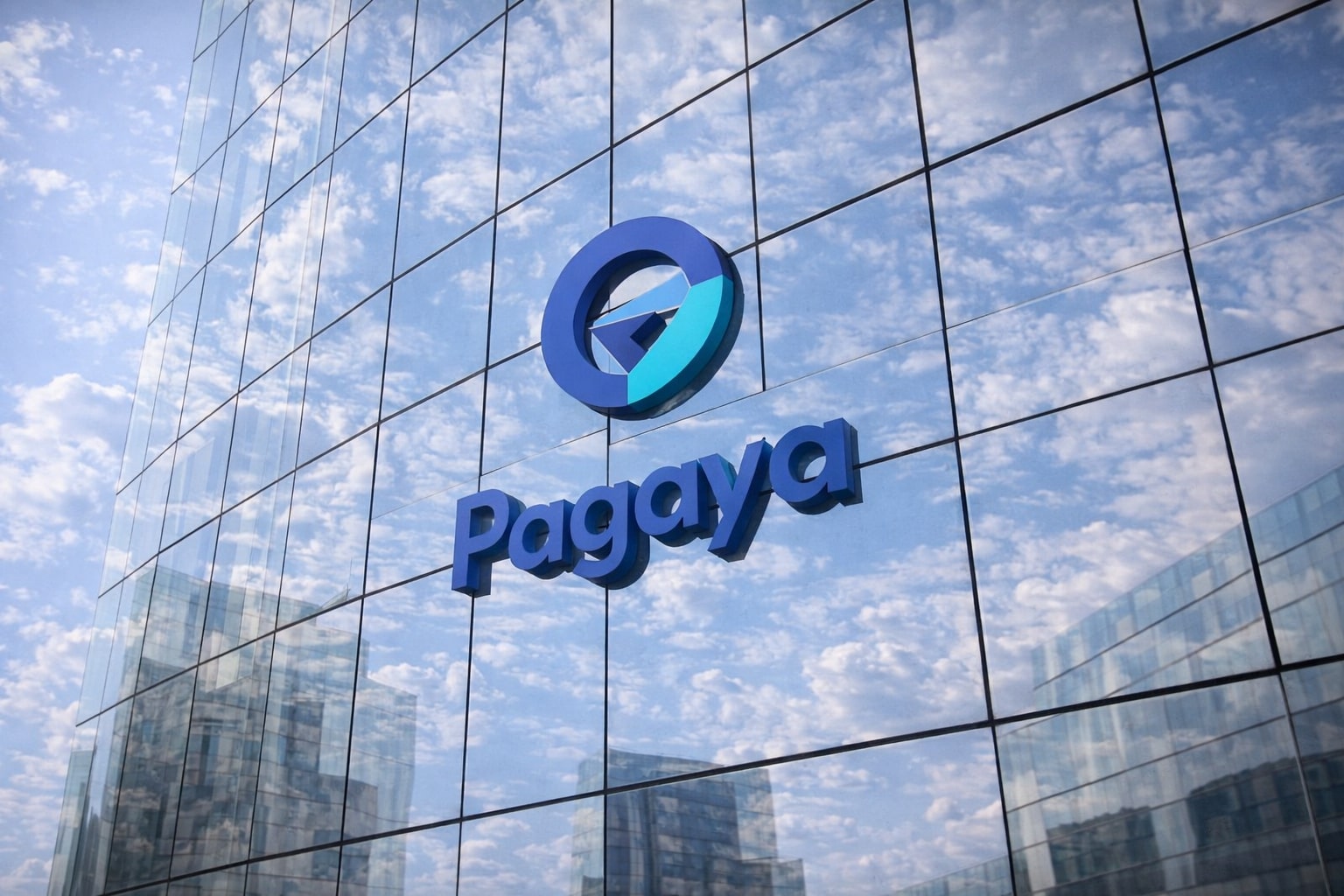
China's PBOC Reduces Forex Intervention, Boosts Liquidity Support
PBOC Governor Yi Gang Announces Market-Oriented Exchange Rate Reform and Enhanced Liquidity Injection to Support Economic Recovery
In a recent speech at the Peterson Institute for International Economics in Washington, DC, People's Bank of China (PBOC) Governor Yi Gang stated that the central bank has largely exited regular foreign exchange intervention, allowing the renminbi exchange rate to be determined by the market. He highlighted China's pursuit of market-oriented exchange rate reforms for many years and the gradual phasing out of foreign exchange interventions. Yi maintained that the PBOC still reserves the right to intervene in foreign exchange markets during extreme capital flight, but believes minimal intervention is the best approach.
Yi also mentioned his push for easing capital controls for businesses and individuals during his tenure as head of the State Administration of Foreign Exchange from 2009 to 2016. One significant change introduced over a decade ago was allowing individuals to exchange up to $50,000 into foreign currency annually.
As China's economy rebounds, the PBOC has been injecting liquidity to support economic recovery. The central bank provided 170 billion yuan ($25 billion) of funds to banks through the medium-term lending facility (MLF) in April, marking the fifth consecutive month of such action, while keeping the interest rate at 2.75%. The PBOC has also cut the required reserve ratio for lenders in March, possibly releasing about 500 billion yuan of long-term funds into the financial system. As the foundation of the economic recovery is not yet solid, the PBOC aims to keep credit growth reasonable.
China's 10-year government bond yield edged up to 2.84%, while the offshore yuan slipped 0.1% to 6.8796 per dollar. Smaller Chinese lenders have cut deposit rates in April, which could improve profitability and encourage borrowing. The PBOC's interest rate self-disciplinary mechanism, overseen by the central bank, has adjusted the assessment method for banks this year to encourage lowering deposit rates.
Yi Gang's speech has drawn attention to the PBOC's management of the renminbi exchange rate through various tools, including setting the daily midpoint fix for the onshore yuan and directly intervening in foreign exchange markets. The US Treasury has criticized China for its lack of transparency in managing its exchange rate, but some observers agree that China's state-owned banks have been helping the PBOC manage the renminbi.
Read More
-
Pagaya Stock Price Forecast - PGY at $23.20: Is PGY Stock the Cheapest AI Fintech of 2026?
19.12.2025 · TradingNEWS ArchiveStocks
-
XRP Price Forecast: XRP-USD Stuck at $1.87 With $3 2026 Target and $10–$25 Long-Term Range
19.12.2025 · TradingNEWS ArchiveCrypto
-
Oil Price Forecast: WTI Near $56 and Brent at $60 Signal Risk Toward $50
19.12.2025 · TradingNEWS ArchiveCommodities
-
Stock Market Today: AI Chip Rally Lifts Nasdaq as $7.1T Quad Witching Hits
19.12.2025 · TradingNEWS ArchiveMarkets
-
GBP/USD Price Forecast - Pound at 1.34 As BoE Cut And Soft Dollar Keep Bullish Path Toward 1.35
19.12.2025 · TradingNEWS ArchiveForex


















